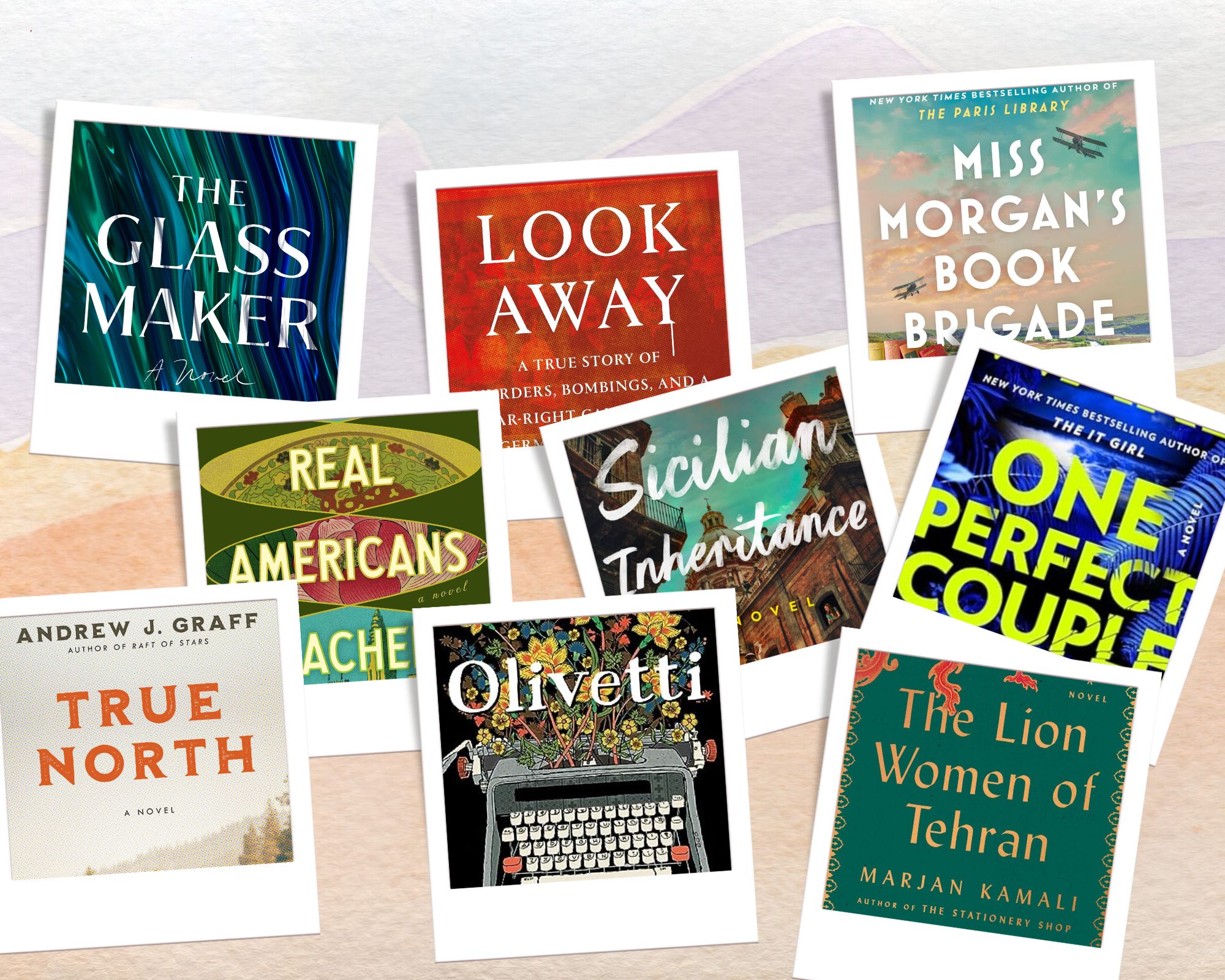A new video series puts acclaimed Wisconsin chefs in a stranger’s kitchen and challenges them to use what’s in the pantry to make a delicious meal. The show’s host shares some of the creations he’s seen so far. We also talk about why physical book sales are making a comeback. And we’ll discuss the news that President Trump may have shared classified information with Russian diplomats during a recent meeting.
Featured in this Show
-
Video Series Pairs Local Chefs With Stranger's Kitchens
We learn about a new video series that puts a local chef in a stranger’s kitchen, with a bag of mystery ingredients.
-
'Car To Table' Brings Local Chefs Into Strangers' Kitchens
A chef. A $15 mystery bag of groceries. A stranger’s kitchen.
When combined, they make for interesting scenarios in the new video series, “Car to Table,” for Madison’s alternative news source, Isthmus. The series’ second episode was released April 27. The first was released March 30.
“You have to think on the fly,” said David Rodriguez, who hosts the series and owns Melted Food Cart and International Fine Dining Food Truck. “It’s not like you can sit down with your sous and write a menu plan. You have an hour, and this is what you’ve got.”
Rodriguez purchases the groceries, which includes a protein. Those opening up their kitchen for a delicious meal are unsure of what to expect, but the Madison couples pick out the protein. Before the chef and host arrive at the Madison home where the meal is cooked, Rodriguez drives the chef around, getting to know them.
The chefs are local pros in their own right. The scenario is tough, but they get creative.
In the second episode, Dan Fox of Heritage Tavern is handed wild rice, pork chops, bacon, fennel and eggplant. One of the homeowners, a plant geneticist, contributes a bag full of colorful carrots — bright purple, yellow and orange.
Fox jumps to work making schnitzel, learned in his time in Austria. But he is temporarily stumped by the eggplant, before he thinks of an idea — eggplant jam.
The result is a colorful, untraditional mix of ingredients. The homeowners approve.
Rodriguez said the ingredients appearing on the show haven’t been too strange yet, but they’re slowly upping the weird meter.
He promises a stranger time with the third episode in the series, which has been filmed but not yet released.
“I feel like I’ve been pretty nice,” Rodriguez said. “I don’t want to make the challenge ridiculous, but that said, the challenge is there.”
Cooking shows are commonplace, and new cooking shows pop up on television often. A 2010 Harris Poll found half of Americans say they watch TV shows about cooking.
So why start a local cooking show now?
Craig Bartlett, Isthmus co-owner, said part of it is about Madison as a city, and part of it doesn’t have to do with food at all.
“We’ve got such a fantastic food scene,” he said. “I think the ability to get in front of these people and see what they do and get to know who they are, that doesn’t really get old.”
-
The Appeal Of Physical Books
As sales of e-readers and e-books drops, our guest novelist looks at the appeal of actual, physical books.
-
Wisconsin Author Explores Why Books Are Making A Comeback
Earlier this year, the Association of American Publishers reported that in the first three quarters of 2016, e-book sales were down almost 19 percent when compared to the first three quarters of 2015.
At the same time, paperback book sales grew 7.5 percent, and hardcover book sales grew 4.1 percent.
Some have called these trends evidence of a “digital fatigue.”
Acclaimed Wisconsin author Jane Hamilton said some readers might want a book instead of e-readers because e-readers hold the entire world, while a book encompasses just one world.
“People might have a hunger just for having one thing unto itself into their hands,” she said.
Hamilton speculated that the “digital fatigue” concept might be behind these trends, but it could be tied to bookstores as well.
“I think also that people may have realized that if we’re going to have brick-and-mortar bookstores you really have to support them, and you have to buy real books,” Hamilton said.
Hamilton said she thinks another driving factor of the real-book trend is the millennial generation.
“The millennials who grew up reading Harry Potter and had real hardcover books … just the joy of having that experience of the real book I think is probably part of it too,” she explained.
A 2013 survey by the youth research agency Voxburner backs up Hamilton’s idea. In that survey, 62 percent of 16-24 year olds said they preferred print books to e-books.
Books also help us remember what we’ve read in the past.
“You can see them on your shelf, and you can remember what you’ve read. I know you can look at your list on your device also, but I think it’s very different to have them in front of you, in your work space or your living room,” Hamilton said.
She added that people are used to reading things quickly on the internet, so maybe one draw of a physical book is that it forces the reader to slow down.
“Maybe having the book, the real physical object, allows us to slow down in every way and to read more carefully,” Hamilton said.
-
Source Claims President Trump Shared Classified Information With Russian Diplomats During White House Meeting
The Washington Post reported Monday that in a White House meeting last week, President Trump shared classified intelligence with Russian Foreign Minister Sergey Lavrov and Russian Ambassador Sergei Kislyak. We’ll speak with POLITICO Foreign Correspondent Nahal Toosi about the news.
Episode Credits
- Rob Ferrett Host
- Veronica Rueckert Host
- Karl Christenson Producer
- Veronica Rueckert Producer
- J. Carlisle Larsen Producer
- David Rodriguez Guest
- Jane Hamilton Guest
- Nahal Toosi Guest
Wisconsin Public Radio, © Copyright 2025, Board of Regents of the University of Wisconsin System and Wisconsin Educational Communications Board.



